
Engine work continues on the Lotus…
Ady has been continuing his investigation into the engine of the 1971 Lotus Elan. He’s replaced the points condenser and coil and put fresh oil


Ady has been continuing his investigation into the engine of the 1971 Lotus Elan. He’s replaced the points condenser and coil and put fresh oil
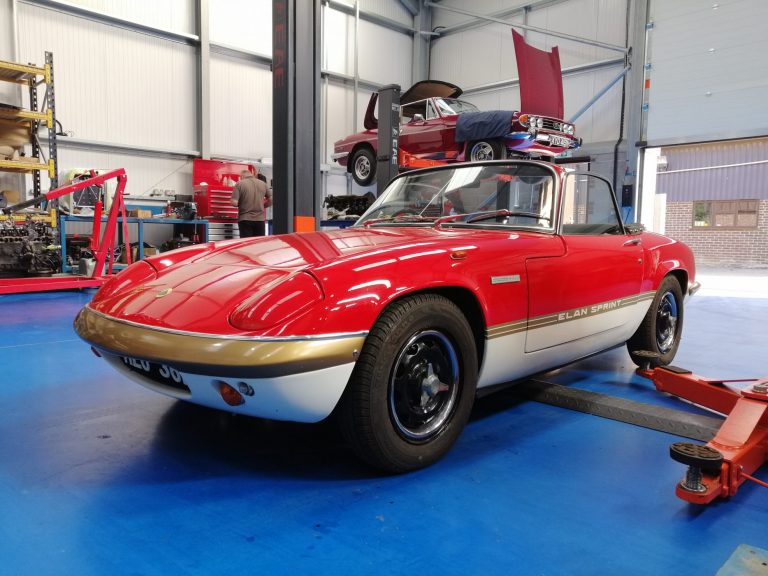
We’re welcoming this 1971 Lotus Elan into the workshop! It’s in here because it doesn’t run, so the engine needs checking over to see where

Ady has started investigating this Lotus Elan’s engine after the owner bought it into us because of it not running quite right. He’s found that
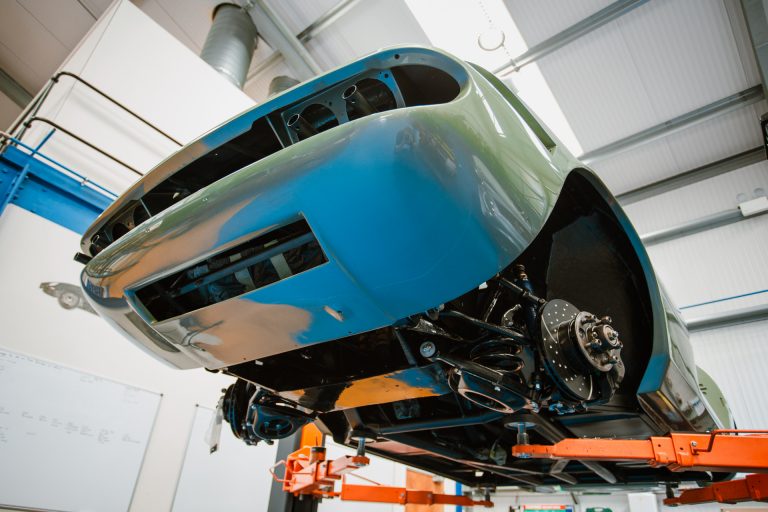
Scott has been getting up to speed on the front axle of the 1979 Arrow Ferrari Daytona. The only tasks left to do on it
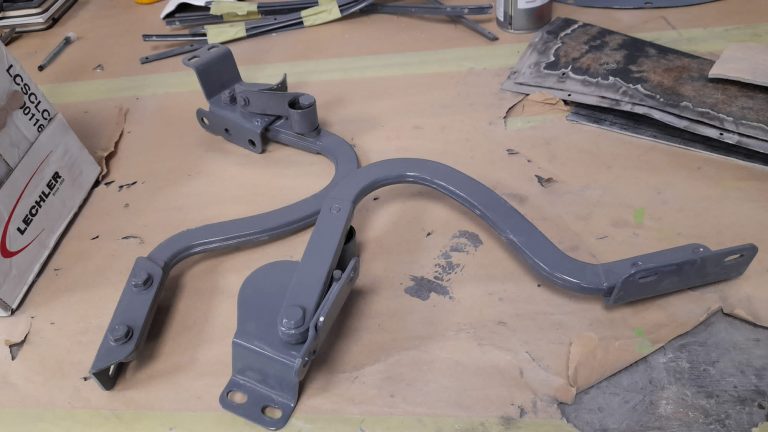
Lydia has continued sanding down the primer on various parts for the 1973 Jaguar E-Type Roadster Series 3. This time it was the gearbox cover,

After thinking the 1977 Daimler Double Six would only be in and out rather quickly, James has unfortunately discovered layers of more corrosion than expected

Dave has been working on the 1960 peony red Jensen 541S. He’s adjusted the cover for the gearbox so it can come apart for an
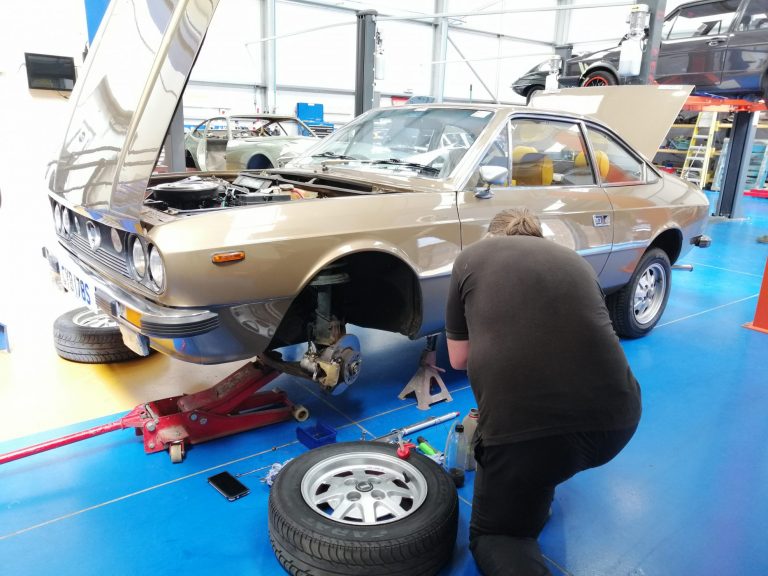
Our 1978 bronze Lancia has recently been getting some TLC. This car is an upcoming competition car and is being serviced just like all the
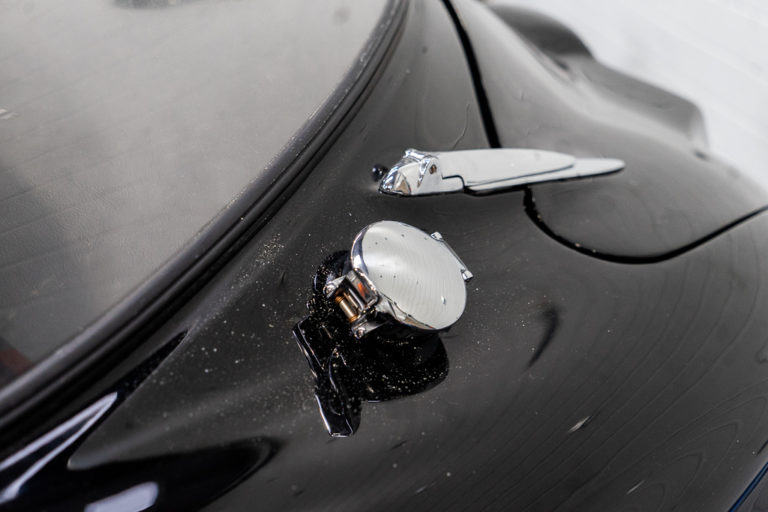
Source: Classic Cars and Campers Fantastic article from our friends at Classic Cars and Campers; ‘Can E-Fuel Rescue Classic Cars?’ Many classic car owners are
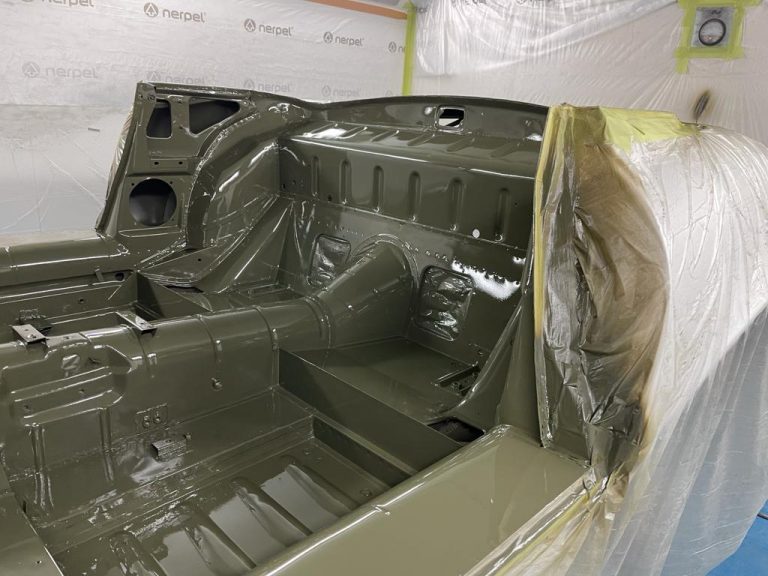
We’ve added a splash of colour to our Beverly Hills 1973 Jaguar E-Type roadster. Having arrived over from the US in an Old English White
Ady has been continuing his investigation into the engine of the 1971 Lotus Elan. He’s replaced the points condenser and coil and put fresh oil in the car. The underside of the car needs looking at next, where the suspension bushes are.
We’re welcoming this 1971 Lotus Elan into the workshop! It’s in here because it doesn’t run, so the engine needs checking over to see where the issue(s) lies. Stay tuned for progress on the matter.
Ady has started investigating this Lotus Elan’s engine after the owner bought it into us because of it not running quite right. He’s found that the tips of the points are black, which is not what they should be, and explains why there’s no spark in the engine. Stay tuned for more progress on this…
Scott has been getting up to speed on the front axle of the 1979 Arrow Ferrari Daytona. The only tasks left to do on it is that the steering rack needs to be installed, the shocks need to be mounted and the front anti-roll bar needs to be installed. After all that, the front axle will be completed!
Lydia has continued sanding down the primer on various parts for the 1973 Jaguar E-Type Roadster Series 3. This time it was the gearbox cover, boot hinges and door rubber channels. The gearbox cover had 320 soft grade on the front/face, 180 soft grade underneath and grey scotch pad all over afterwards. The boot hinges had 500 soft grade and then grey scotch pad. The door rubber channels also had 500 soft grade and grey scotch. They were then all cleaned off with panel wipe to get rid of sanding and paint dust.
After thinking the 1977 Daimler Double Six would only be in and out rather quickly, James has unfortunately discovered layers of more corrosion than expected on the right-hand side, front inner wing and chassis rail/leg. The whole inside of the subframe is corroded. So James has been going through it all and working out which parts can be repaired and which parts need to be replaced altogether.
Sometimes this is the way with classic cars. You think you have the problem noted down and are prepared for it, but then you start uncovering more than expected. Thankfully we have a talented group of staff that are there to solve these issues!
Dave has been working on the 1960 peony red Jensen 541S. He’s adjusted the cover for the gearbox so it can come apart for an easier inspection. Bolts have been fitted so it’s fixed in securely but also has a way to undo. We definitely have clever people working for us!
Lydia has also had a part to play in this process by sanding carpet, glue and paint off one of the floor panels that sits underneath the gearbox.
Our 1978 bronze Lancia has recently been getting some TLC. This car is an upcoming competition car and is being serviced just like all the other competition cars, to make sure it’s in good condition before it heads to a new home!
Mauro inspected the vehicle all over last week and now John has been doing work to the brakes after it was found that they were sticking and would go on but not come off. New brake lines have been put on the front and have solved this issue.
Source: Classic Cars and Campers
Fantastic article from our friends at Classic Cars and Campers; ‘Can E-Fuel Rescue Classic Cars?’
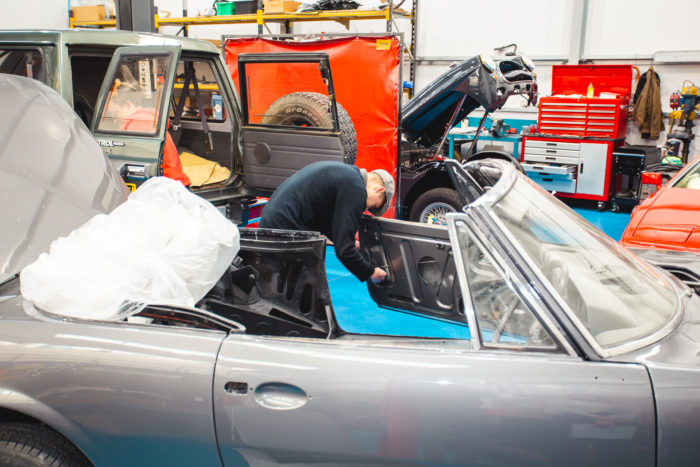
Many classic car owners are on tenterhooks with news that the government is moving towards mass electrification of cars, intending to do away with all diesel and even petrol cars by 2050 following a ban on the sale of new combustion vehicles will be introduced in 2030.
Many of us, classic and modern car owners alike, feel reluctant to switch to electric cars. Indeed, for classic car owners, the cost of conversion of a prized vintage vehicle is relatively high. Whilst switching to electricity may seem the best way to help the environment, it is actually a hugely expensive exercise to undertake following the enormous cost implications of Brexit and a global pandemic.
Malcolm McKay, a spokesperson for the Historic and Classic Vehicle Association, said, “This programme is one that is likely to prove a huge mistake as other nations achieve net zero CO2 by a far less costly and disruptive mix of electric power where it’s best suited and e-fuels where they are more efficient.”
He added: “E-fuels, with green generation, are potentially carbon-neutral and are the most viable answer for aircraft, ships and long-haul trucks.
“They offer an achievable solution for poorer countries with older vehicle fleets and inadequate electricity infrastructure.
“They also offer a lifeline for historic vehicles.”
With classic car owners hit by the daily fees of Clean Air Zones and London expanding their ULEZ, could e-fuels be the saviour we are looking for?
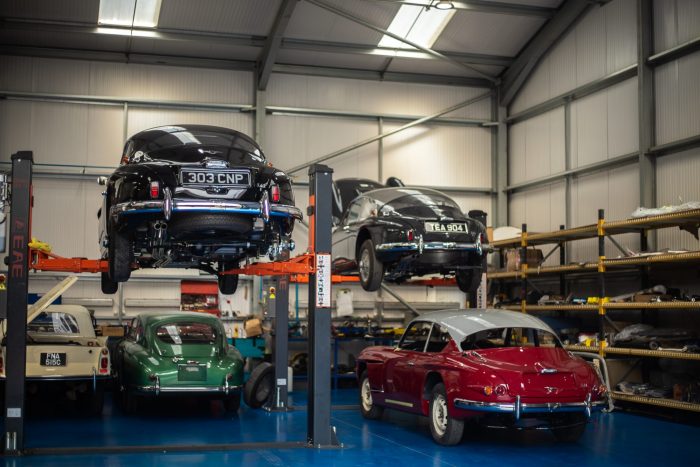
Vehicle fuels are composed of a combination of hydrogen and carbon atoms. While conventional fuels such as petrol or diesel are derived from oil, synthetic or E-Fuels can derive their carbon from the air and hydrogen from water. These then form to mimic the structure of oil-based fuels such as petrol or diesel.
These synthetic fuels are almost carbon neutral and can be used as a natural alternative to petrol or diesel. This means that they can be pumped from existing fuel stations, and they work with the combustion engines already fitted in your favourite historic vehicle.
Porsche has joined forces with Siemens Energy to produce e-fuels. This project is taking place in the south of Chile, South America. This southern location was chosen because a reliable wind source is necessary when developing e-fuels, and the wind in this area is plentiful. This wind provides renewable energy for splitting water into hydrogen, which is an electric-intensive process. The use of this wind power means that even after shipping any synthetic fuels back to Europe in a tanker, the fuels are still close to carbon-neutral.
Porsche has taken on this project because they believe that to lower CO2 emissions of legacy cars, e-fuel will be crucial. They would even allow for future plug-in hybrids to alternate between electric propulsion in the city and synthetic fuels for other travel.
Audi has also been involved in creating and innovating e-fuels since 2009, albeit in smaller volumes.
The answer is no. Brazil worked hard to create biofuels from crops; however, unfortunately, the competition with food supplies was too great. At the moment, British fuel is 5% bio-ethanol, but this will rise to 10% over the course of this summer. The E10 formula does reduce CO2 emissions. However, it’s not a substitute for a carbon-neutral alternative.
Synthetic fuel isn’t free; in fact, Porsche estimates that e-petrol is likely to cost over 10 euro per litre initially. However, they predict that the cost will drop to match today’s fuel prices once more refineries are built.
The drop in the cost of e-fuels will be somewhat reliant on the penalties applied by the government to the price of fossil fuels. These penalties would act as a deterrent for fossil fuel use and lower the costs of alternatives such as e-fuel.
While e-fuel may not ultimately win out to electric power, it certainly offers classic car owners a light at the end of the tunnel in the fight to keep their vintage vehicles on the road.
We’ve added a splash of colour to our Beverly Hills 1973 Jaguar E-Type roadster. Having arrived over from the US in an Old English White with maroon stripes, the new colour can now be seen for the first time on the inside of the body shell.
The colour chosen is Fern Grey. According to the XKE data sheets Fern Grey was used on E-Types between 1973 and 1974.
Matt will be painting the exterior later today before leaving the colour to cure for the next couple of days. More pictures to follow soon…
Bridge Classic Cars are award winning Classic Car Restoration and Maintenance specialists. Your pride and joy is in safe hands with our expert Classic Car Technicians. Take a look at our awards here.